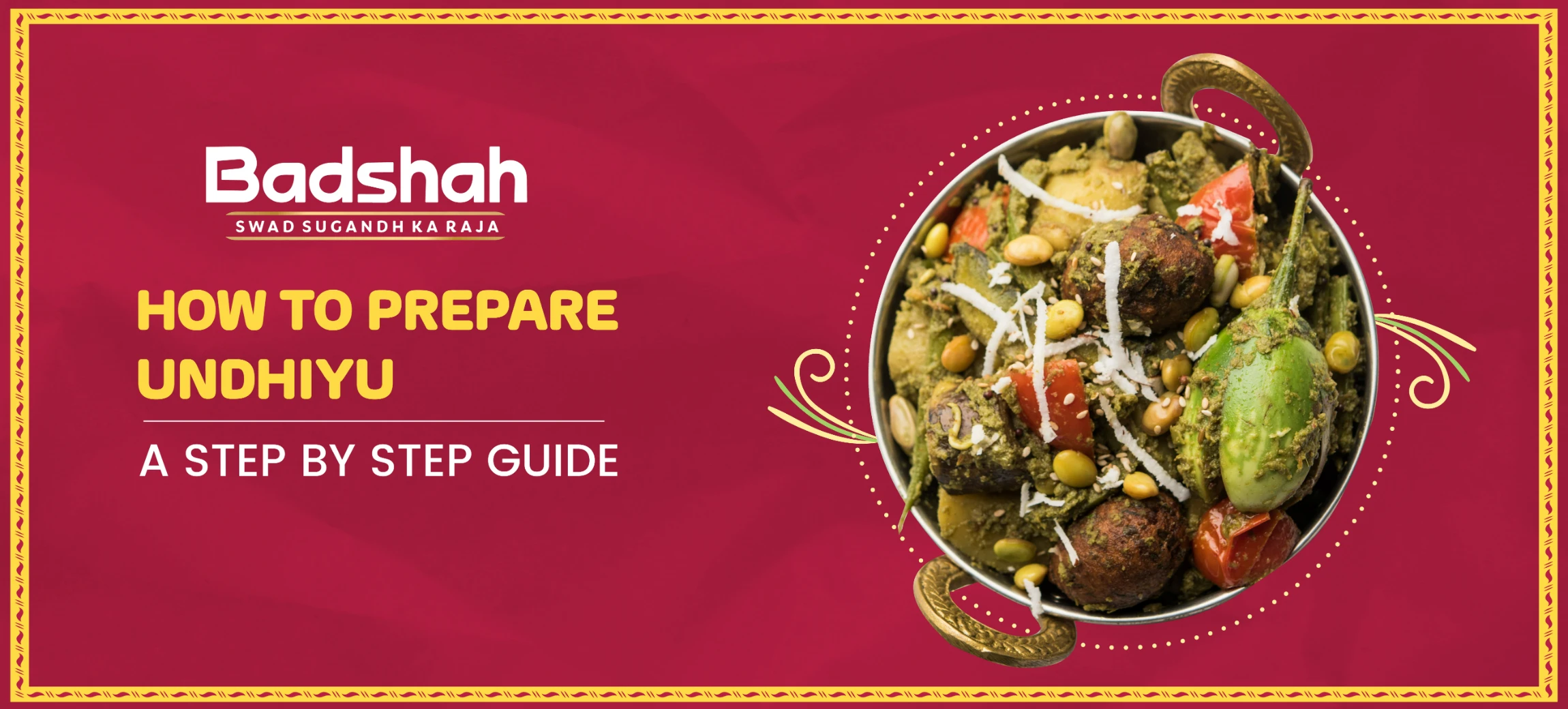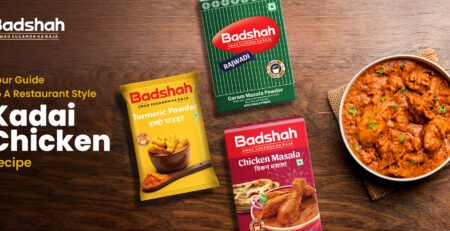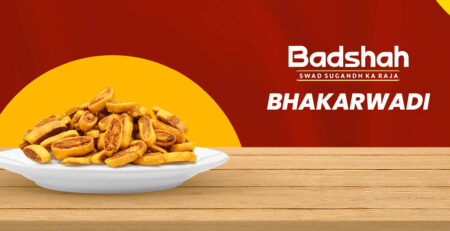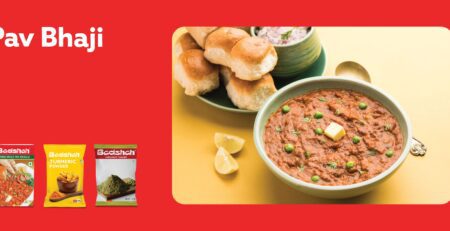How To Prepare Authentic Winter Special Gujarati Undhiyu Recipe?
Undhiyu is a traditional and flavoursome Gujarati dish that captures the essence of winter with its rich, hearty ingredients. Hailing from the western region of India, Undhiyu or Surti Undhiyu recipe is a delectable mix of seasonal vegetables and vibrant spices, creating a harmonious blend of textures and tastes. The dish typically features a medley of root vegetables, green beans, and a variety of indigenous winter produce, all delicately seasoned with a unique blend of spices such as fenugreek, mustard, and cumin.
What sets the surti Undhiyu recipe apart is its traditional method of preparation, often cooked in an earthen pot (matla) buried underground, infusing the dish with an earthy aroma and ensuring the vegetables are cooked to perfection. Undhiyu is not just a culinary delight; it is a cultural experience that brings families and communities together, especially during the festive season of Uttarayan (Makar Sankranti).
Here is the detailed Gujarati Undhiyu recipe for you!
Undhiyu Recipe Ingredients
Here are the key Undhiyu recipe ingredients:
For The Muthiya (Dumplings)
- 1 cup gram flour (besan)
- 1/4 cup wheat flour
- 1/2 teaspoon Badshah turmeric powder
- 1/2 teaspoon Badshah red chili powder
- 1 teaspoon sugar
- 1 teaspoon lemon juice
- 1 tablespoon oil
- Salt to taste
- Water (as needed to make a soft dough)
- 1 teaspoon baking soda (optional)
For The Undhiyu
- 2 cups fresh pigeon peas (tuver dana)
- 1 cup fresh valour papdi (hyacinth beans)
- 1 cup baby potatoes, peeled
- 1 cup sweet potatoes, peeled and diced
- 1 cup purple yam (ratalu), peeled and diced
- 1 cup raw banana, peeled and diced
- 1 cup brinjal (eggplant), diced
- 1 cup surti papdi (broad beans), chopped
- 1 cup small whole brinjals (baby eggplants)
- 1 cup chopped fenugreek leaves (methi)
- 1 cup chopped coriander leaves
- 1/4 cup chopped mint leaves
- 1 tablespoon ginger-garlic paste
- 1 teaspoon turmeric powder
- 2 teaspoons red chilli powder
- 1 tablespoon coriander powder
- 1 tablespoon cumin powder
- 1 tablespoon sesame seeds
- 1 tablespoon peanuts, crushed
- 1 tablespoon jaggery (gur)
- 4 tablespoons oil
- 2 tablespoon Badshah Undhiyu Masala
- Salt to taste
For The Masala Paste
- 2 tablespoons grated coconut
- 1 tablespoon sesame seeds
- 1 tablespoon chopped ginger
- 2-3 green chilies
- 1 tablespoon coriander leaves
For Tempering
- 2 tablespoons oil
- 1 teaspoon mustard seeds
- 1 teaspoon cumin seeds
- 1/4 teaspoon asafoetida (hing)
For Garnish
- Chopped coriander leaves
How To Make Undhiyu?
Follow this step-by-step guide to prepare an authentic Undhiyu recipe at home:
Step 1: Prepare The Vegetables
- Wash and chop all the winter vegetables – surti papdi, brinjals, small potatoes, sweet potatoes, raw bananas, and purple yam.
Step 2: Make Methi Muthia (Dumplings)
- In a mixing bowl, combine finely chopped fenugreek leaves, gram flour, turmeric powder, red chilli powder, and salt.
- Gradually add water and knead into a firm dough.
- Shape the dough into small dumplings (muthia) and set aside.
Step 3: Prepare Undhiyu Masala
- In a bowl, mix Undhiyu masala, coriander powder, cumin powder, garam masala, turmeric powder, and salt.
Step 4: Stuff And Layer Vegetables
- Stuff the brinjals with the prepared masala mixture.
- In a deep cooking pot, layer the chopped vegetables, stuffed brinjals, and methi muthia.
Step 5: Tempering
- Heat oil in a pan for tempering. Add mustard seeds, cumin seeds, and a pinch of asafoetida. Pour this tempering over the layered vegetables.
Step 6: Cooking
- Cover the pot with a lid and cook on low flame for about 25-30 minutes or until the vegetables are tender.
Step 7: Garnish And Serve
- Once cooked, garnish with fresh coriander leaves.
- Serve hot Undhiyu with roti or puri.
Step 8: Optional Toppings
- Optionally, sprinkle grated coconut and sesame seeds on top for added flavour and texture.
Now, savour the authentic taste of Gujarati Undhiyu recipe!
Summing Up!
Mastering the art of preparing winter special Gujarati Undhiyu is not just about combining ingredients; it’s about creating a culinary symphony that embodies the warmth of tradition and the season’s flavors. As the tantalizing aroma fills your kitchen and the vibrant colours of the vegetables come together, Undhiyu becomes more than just a dish—it becomes a celebration of culture and a sensory delight that brings joy to every gathering.
Frequently Asked Questions On Undhiyu Recipe
1. Why Is Undhiyu Popular?
Ans: Undhiyu is popular for its rich flavours, a unique blend of seasonal vegetables, and the cultural significance it holds in Gujarati traditions. Its preparation during the winter season and association with festivals make it a cherished and sought-after dish.
2. What Is Undhiyu Made Of?
Ans: Undhiyu is made of a diverse mix of winter vegetables such as surti papdi, brinjals, potatoes, sweet potatoes, raw bananas, and purple yam. It also includes methi muthia (fenugreek dumplings) and a special blend of spices like Undhiyu masala, coriander, cumin, and garam masala.
3. Why Is Undhiyu Cooked Upside Down?
Ans: Undhiyu is traditionally cooked upside down to create a unique flavour profile. The method involves layering the vegetables with masala, and the pot is covered with a lid, allowing the ingredients to cook in their juices, resulting in a delicious and aromatic dish.
4. What Goes With Undhiyu?
Ans: Undhiyu is typically served with flatbreads like roti or puri. The dish pairs well with a side of rice or Gujarati kadhi. Some also enjoy it with a dollop of ghee and topped with grated coconut and sesame seeds for added texture.
5. What Are The Nutritional Benefits Of Undhiyu?
Ans: Undhiyu is nutritionally rich, packed with vitamins, minerals, and dietary fiber from an assortment of vegetables. Fenugreek leaves in methi muthia contribute to its health benefits, offering anti-inflammatory properties and aiding digestion. However, the dish should be enjoyed in moderation due to its oil and spice content.











